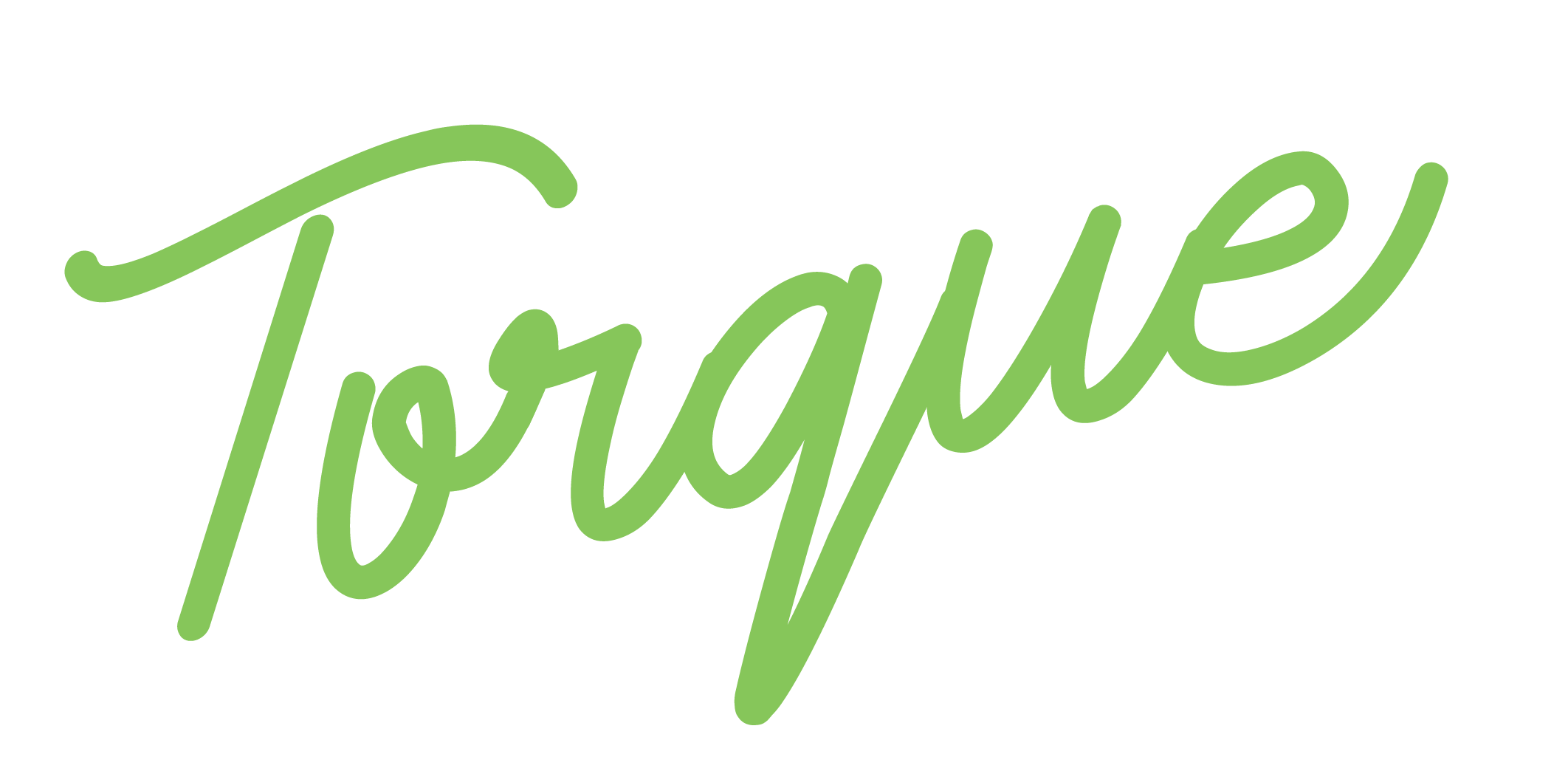
How To Tell If Your Employees Are Burning Out And What To Do About It
Sep 26
/
Loren Phillips

As a leader, it's your job to ensure that your employees are happy and productive. But sometimes, even the best employees can show signs of burnout. If you're concerned that one or more of your employees might be burning out, there are a few tell-tale signs to look for:
- Decreased productivity. If an employee who is usually productive suddenly starts slacking off or acting out of character, it might signify feeling overwhelmed.
- Increased absences. If an employee who is usually punctual starts taking more sick days or calling in sick more often, it may be a sign that they're struggling to cope with the demands of their job.
- Changes in mood or attitude. If an employee who is usually upbeat starts to seem negative or angry, it may be a sign that they struggle to manage their work-life integration.
Taking action immediately is essential if you notice these signs in your employees. You can do a few things to help prevent burnout, for example.
Take regular breaks
Encourage people to take breaks. It’s vital for employees to step away from their work every once in a while, even if it’s just for a few minutes. Claire Holden from Change in Mindset refers to this as “micro-replenishment” and discusses it as a more comprehensive strategy to effectively deal with burnout in the workplace. One needs to encourage them to take a walk, get some fresh air, or take a break to eat lunch away from their desk. Don’t just encourage it; gamify it! Create reward experiences for taking a break to revitalise and see what good it can do for your organisation.
If your employees feel overwhelmed by their workloads, see if any tasks can be delegated or postponed. It’s also essential to ensure employees have the resources to complete their jobs efficiently and effectively.
Facilitate workload management
Help employees manage their workloads by training your management team on the relationship between burnout and productivity, and incentivise them with team productivity bonuses so that keeping their team on an even keel becomes a personal priority. In turn, offer your management team the proper support and coaching to do their jobs to the best of their ability. Consider empowering them with self-directed learning and career progression or having their say in important company decisions and actions, which will drive intrinsic motivation to succeed. Daily journaling is a proven tool that helps people prioritise and stay motivated; check out our free Joy of Journaling micro-class.
Encourage balance
HR practitioners need to promote a healthy work-life balance. Employees should feel like they have time for their personal lives outside of work. Monitor employee leave and overtime and build automated flags for employees stacking up too many leave days, encourage them to take vacation days, and discourage them from working excessive overtime hours. Use automated communications to find out how people are feeling; for example, if it’s September and you notice that some people haven’t taken a single day of leave this year, reach out to them and find out how they are doing. We’ve built a sentiment analysis tool for one of our clients that sends automated emails to check in with employees who consistently respond with a negative emoji.
Reach out to us to learn more.
Reach out to us to learn more.
By watching for the signs of burnout, you can help prevent your employees from becoming overwhelmed and stressed. Promoting a healthy work-life integration will help keep your employees happy, healthy, and productive. In the meantime, download our resource to Understand Burnout and Promote Mental Wellness.
Empty space, drag to resize


